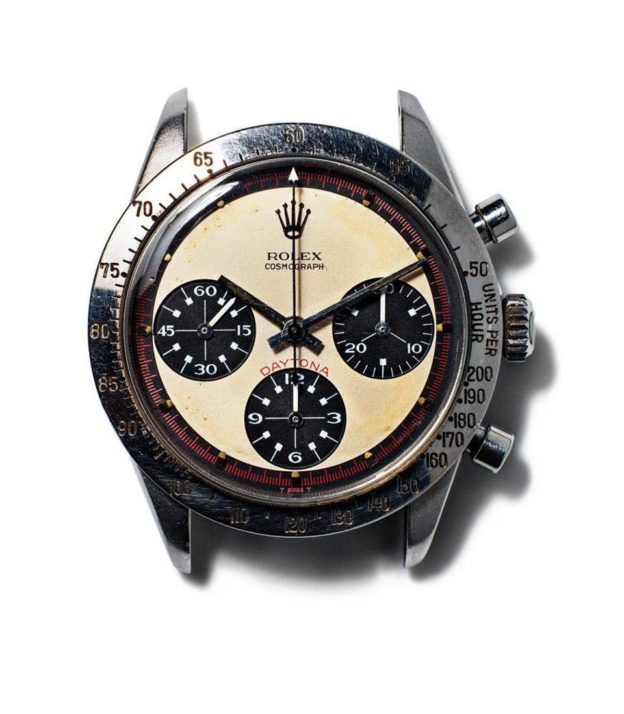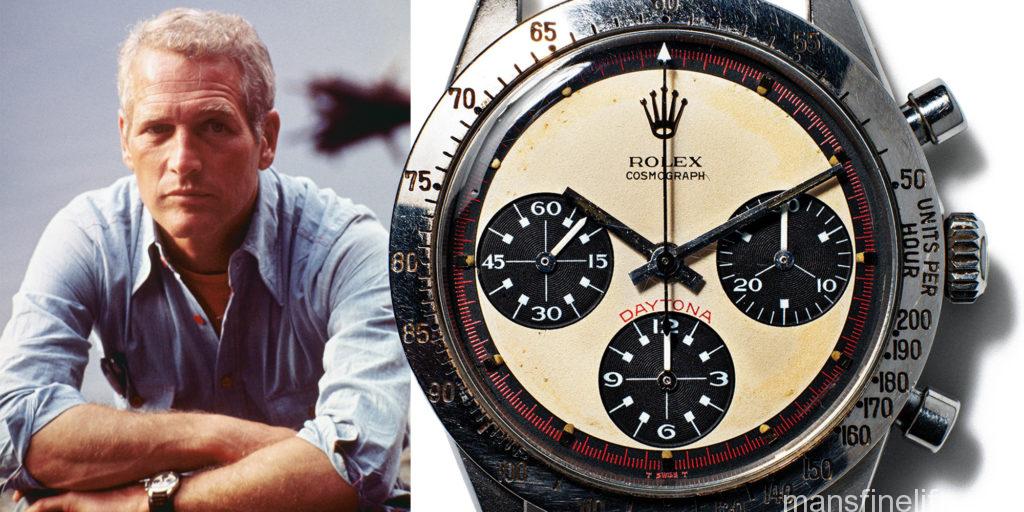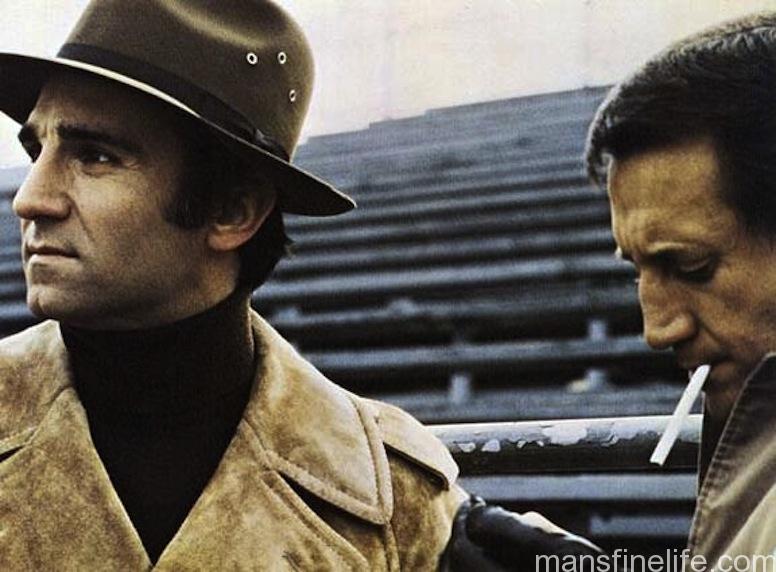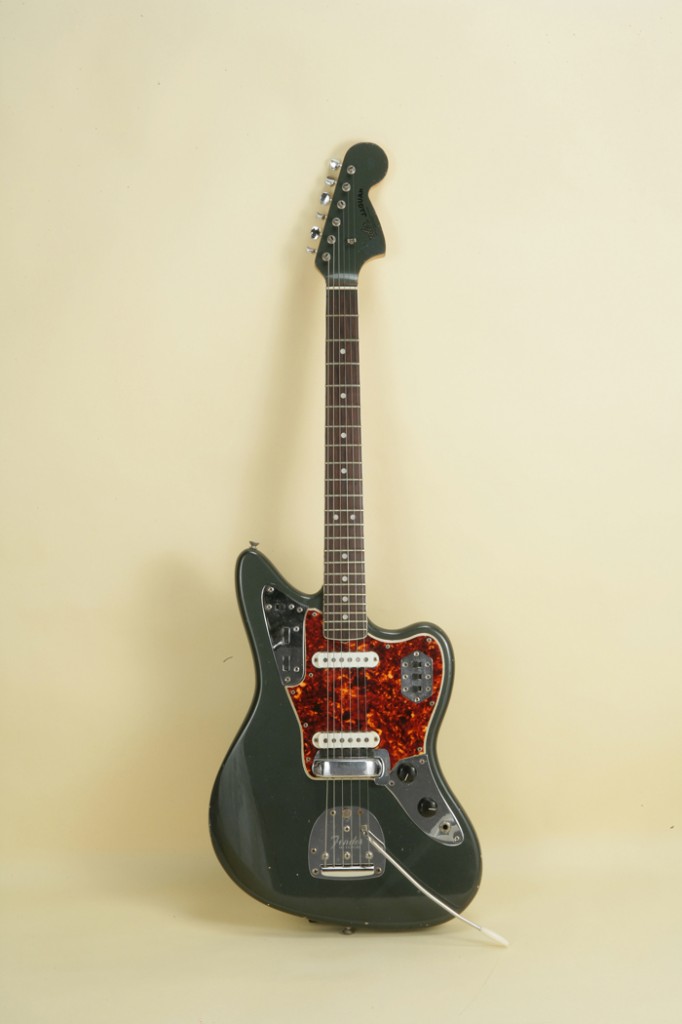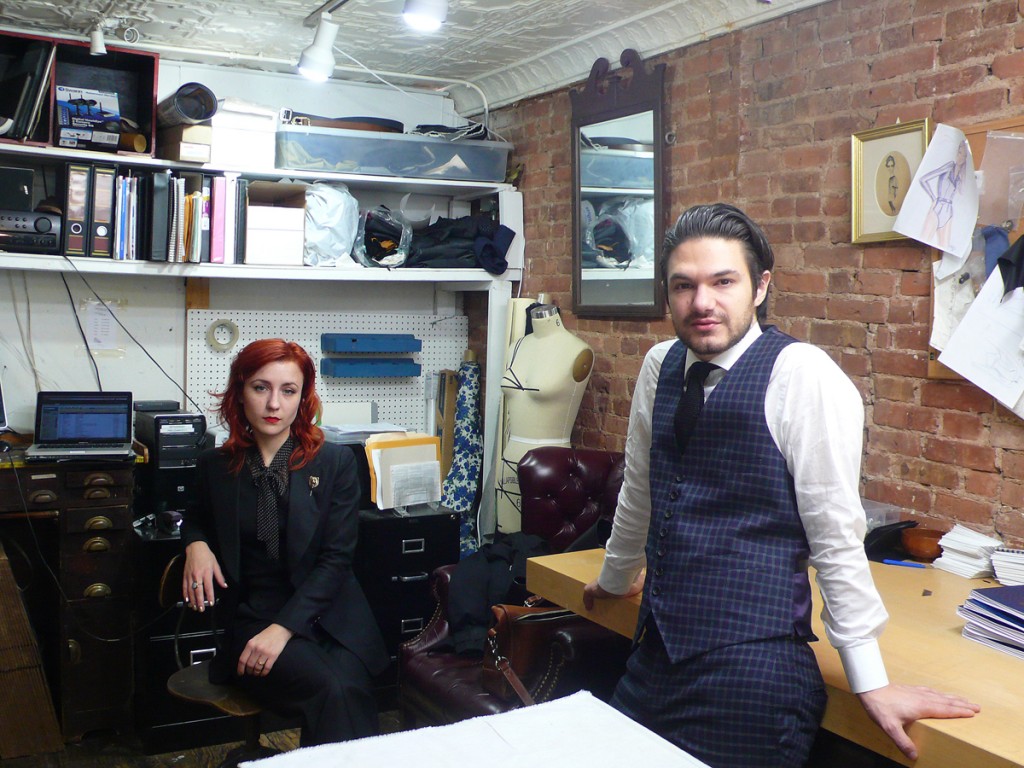In the world of watch collecting, one gets used to heady price tags and watching the those prices rise over the years. It’s logical, despite occasional anomalies like market corrections and bubbles, that desirable things go up in value over time. It equally adds up that in a time when wealth is more concentrated than it has been in decades, those who can afford to pay a lot for something can usually afford to pay a WHOLE LOT for something, and so dealers adjust their prices accordingly, and the rest of us have to pay up to keep up. C’est la vie.
But what in the world accounts for something like the $17.75 million we saw shelled out for Paul Newman’s own Rolex “Paul Newman” ref. 6239 Daytona at auction last week? The most paid for any watch ever. Theories abound, of course. The fact that a normal Rolex “Paul Newman” ref. 6239 Daytona is a somewhat rare and desirable watch in it’s own right is a good starting point. Add to that the sweet story about his wife gifting it to him, and Mr. Newman’s owning and wearing this particular watch throughout an exciting portion of his life (regularly racing cars and frequently seen in public generally being cooler and better looking than the rest of us), thus leading collectors in the 80’s to name the reference the “Paul Newman” in his honour, and we have a pretty solid explanation as to why this watch would be worth more than the “normal” Paul Newman. But a normal “Paul Newman” Daytona goes for about $200,000, so is the one that started it all really worth that much more, solely as an originator of a sect of the watch collecting world? I say no.

